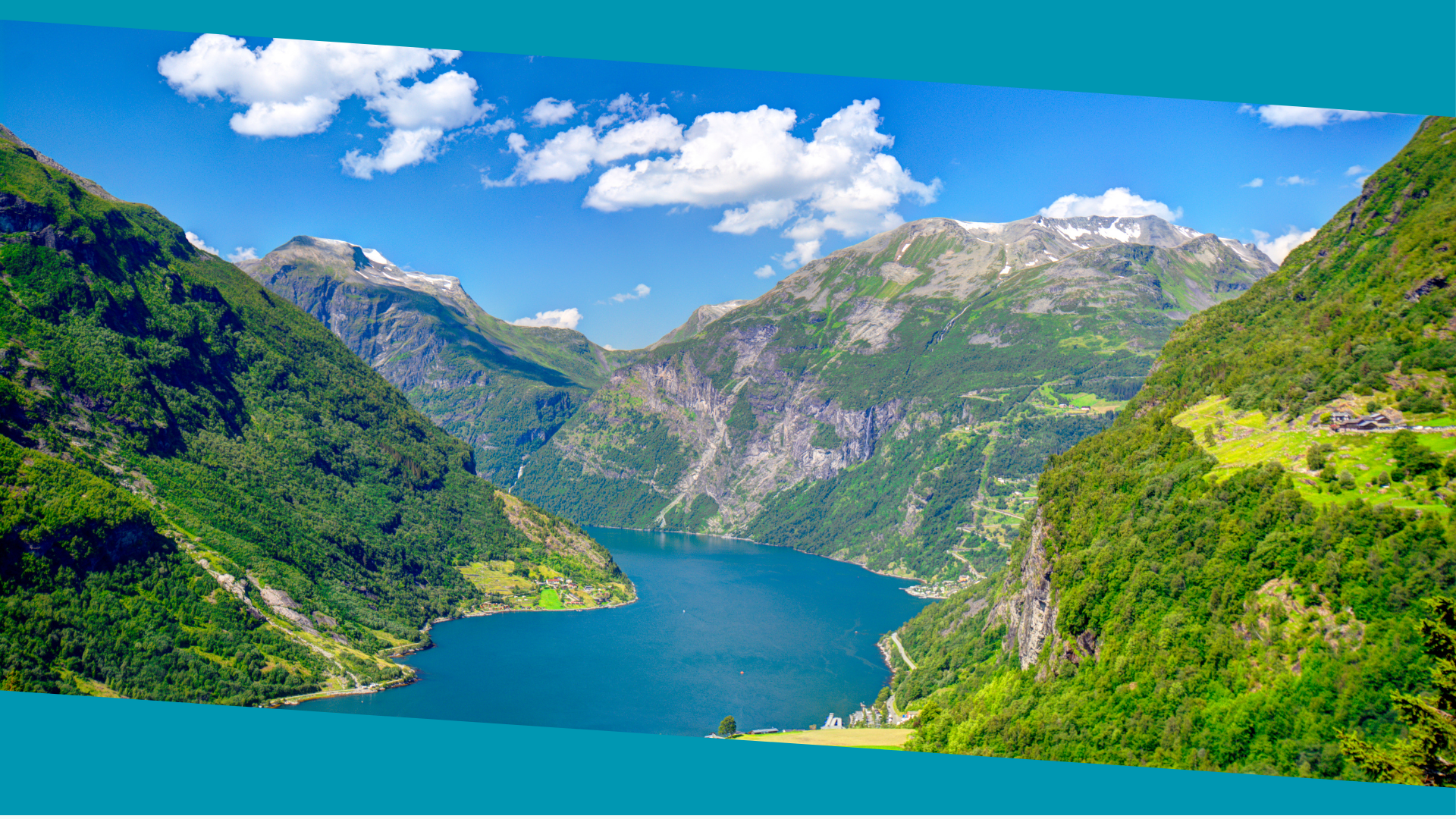

Norwegian for Winter Sports: 20 Key Terms for Snow Lovers
Norway is a winter wonderland, with its stunning landscapes and abundance of snow-covered mountains. It’s no wonder that winter sports are a popular pastime in this Scandinavian country. Whether you’re a beginner or an expert, learning the terminology of Norwegian winter sports is essential for a successful and enjoyable experience on the slopes. In this article, we will explore the key vocabulary and phrases you need to know for skiing and snowboarding in Norway, as well as understanding snow conditions, communicating with locals, navigating ski resorts, and immersing yourself in the après-ski culture.
Table of Contents
ToggleKey Takeaways
- Norwegian winter sports have unique terminology that can be confusing for non-native speakers.
- Essential vocabulary for skiing and snowboarding in Norway includes words for equipment, techniques, and terrain.
- Understanding Norwegian snow conditions and terrain is important for staying safe on the slopes.
- Key phrases for communicating with locals on the slopes can help you navigate unfamiliar terrain and conditions.
- Norwegian ski lift terminology ranges from T-bars to gondolas, and it’s important to know the differences.
- Navigating Norwegian ski resorts requires knowledge of important signs and markings.
- Safety tips for winter sports in Norway include understanding avalanche risk and other hazards.
- Cross-country skiing and snowshoeing have their own vocabulary for exploring Norway’s winter wilderness.
- Après-ski culture in Norway is an important part of the winter sports experience, and knowing the right words and phrases can help you socialize with locals.
- Advanced terminology for expert skiers and snowboarders includes words for tricks, jumps, and other advanced techniques.
Essential Vocabulary for Skiing and Snowboarding in Norway
Before hitting the slopes in Norway, it’s important to familiarize yourself with some basic skiing and snowboarding terms. These include words for equipment such as skis (ski), snowboard (snøbrett), boots (støvler), and poles (staver). You should also learn phrases for asking for help or directions, such as “Where is the ski rental shop?” (Hvor er utleien for ski?) or “Can you show me how to use the ski lift?” (Kan du vise meg hvordan man bruker skiheisen?).
In addition to equipment and directions, it’s crucial to understand words for describing snow conditions. Norway experiences a variety of snow types, including powder (puddersnø), packed snow (pakket snø), and icy conditions (isete forhold). Knowing these terms will help you navigate the slopes safely and choose the appropriate equipment for the conditions.
Understanding Norwegian Snow Conditions and Terrain
Norway’s diverse terrain offers a range of skiing and snowboarding experiences. To fully appreciate these landscapes, it’s important to understand the different types of snow found in Norway. This includes wet snow (våt snø), which is common in coastal areas, and dry snow (tørr snø), which is prevalent in the inland regions. Learning these terms will help you adapt your skiing or snowboarding technique to the specific snow conditions.
In addition to snow conditions, it’s essential to familiarize yourself with terrain features and their names. Norway’s mountains are dotted with peaks (topper), valleys (daler), and ridges (rygger). You should also learn words for describing slope difficulty, such as easy (lett), intermediate (middels), and difficult (vanskelig). This knowledge will help you choose the appropriate trails and navigate the mountain safely.
Key Phrases for Communicating with Locals on the Slopes
When visiting Norway for a winter sports adventure, it’s always helpful to know some key phrases for communicating with locals on the slopes. Greetings and pleasantries are a great way to break the ice and show respect for the local culture. Learn phrases such as “Good morning” (God morgen), “Hello” (Hei), and “Thank you” (Takk).
If you’re looking for recommendations on where to ski or snowboard, it’s important to know how to ask for advice. Phrases like “Where is the best place to ski?” (Hvor er det beste stedet å stå på ski?) or “Can you recommend a good trail for beginners?” (Kan du anbefale en god løype for nybegynnere?) will help you get valuable insights from locals.
Expressing gratitude is also important when interacting with locals. Saying “Thank you for your help” (Takk for hjelpen) or “I appreciate your advice” (Jeg setter pris på rådene dine) will show your appreciation and leave a positive impression.
Norwegian Ski Lift Terminology: From T-Bars to Gondolas
Norwegian ski resorts offer a variety of ski lifts to transport skiers and snowboarders up the mountain. It’s important to know the names of different types of ski lifts, such as T-bars (T-krok), chairlifts (stolheis), and gondolas (gondol). Understanding these terms will help you navigate the ski resort and choose the appropriate lift for your needs.
In addition to knowing the names of ski lifts, it’s crucial to learn vocabulary for using them. Phrases like “How do I get on the chairlift?” (Hvordan kommer jeg meg på stolheisen?) or “Can you slow down the T-bar?” (Kan du senke farten på T-kroken?) will help you communicate with lift operators and ensure a smooth ride up the mountain.
Navigating Norwegian Ski Resorts: Important Signs and Markings

When skiing or snowboarding in Norway, it’s important to understand the signs and markings found throughout the ski resort. Signs indicating slope difficulty are crucial for choosing trails that match your skill level. Green circles (grønne sirkler) indicate easy slopes, blue squares (blå firkanter) indicate intermediate slopes, and black diamonds (svarte diamanter) indicate difficult slopes. Familiarize yourself with these signs to ensure a safe and enjoyable experience on the mountain.
In addition to slope difficulty signs, ski resorts also use markings to indicate ski trails and boundaries. These markings include arrows (piler) indicating direction, as well as ropes (tau) or fences (gjerder) marking off-limits areas. Understanding these markings will help you navigate the resort safely and avoid any restricted areas.
Vocabulary for understanding resort maps is also essential when navigating Norwegian ski resorts. Learn words such as trail (løype), lift (heis), and lodge (hytte) to interpret resort maps and plan your day on the slopes effectively.
Safety Tips for Winter Sports in Norway: Terms to Know
Safety should always be a top priority when engaging in winter sports in Norway. It’s important to know words for describing safety equipment, such as helmet (hjelm), goggles (briller), and avalanche beacon (skredsøker). Understanding these terms will help you choose and use the appropriate safety gear for your winter adventure.
In case of an emergency, it’s crucial to know phrases for communicating with others on the mountain. Phrases like “Help!” (Hjelp!) or “I need assistance” (Jeg trenger hjelp) will alert others to your situation and ensure prompt assistance.
Lastly, familiarize yourself with vocabulary for understanding safety guidelines. This includes words such as caution (forsiktighet), danger (fare), and closed (stengt). Knowing these terms will help you make informed decisions and stay safe while enjoying the Norwegian winter wilderness.
Exploring Norway’s Winter Wilderness: Vocabulary for Cross-Country Skiing and Snowshoeing
Norway is renowned for its cross-country skiing and snowshoeing opportunities. To fully immerse yourself in these activities, it’s important to learn the vocabulary associated with them. Basic cross-country skiing terms include words for techniques such as diagonal stride (diagonalgang) and double poling (dobbeltak). Snowshoeing vocabulary includes words for equipment such as snowshoes (truger) and poles (staver).
In addition to equipment, it’s crucial to learn vocabulary for describing terrain and snow conditions. Words such as flat (flate), uphill (oppoverbakke), and downhill (nedoverbakke) will help you navigate the cross-country trails effectively. Phrases for communicating with other skiers or hikers, such as “Excuse me” (Unnskyld meg) or “Is this trail suitable for snowshoeing?” (Er denne løypa egnet for trugetur?), will also come in handy during your winter wilderness adventures.
Après-Ski Culture in Norway: Words and Phrases for Socializing
Après-ski, the socializing and relaxation that takes place after a day on the slopes, is an important part of Norwegian winter sports culture. To fully immerse yourself in this experience, it’s important to learn the vocabulary associated with ordering food and drinks. Words such as beer (øl), hot chocolate (varm sjokolade), and cheese fondue (ostefondue) will help you navigate the menu at a mountain lodge or restaurant.
Phrases for making small talk are also useful when socializing with locals or fellow skiers. Learn phrases such as “How was your day on the slopes?” (Hvordan var dagen din i bakken?) or “Where are you from?” (Hvor kommer du fra?) to strike up conversations and make new friends.
Lastly, understanding words for describing Norwegian traditions and culture will enrich your après-ski experience. Learn about traditional Norwegian dishes such as lutefisk and rakfisk, as well as cultural practices like saunas (badstuer) and ice fishing (isfiske).
Mastering Norwegian Winter Sports: Advanced Terminology for Expert Skiers and Snowboarders
For expert skiers and snowboarders looking to challenge themselves on the Norwegian slopes, it’s important to learn advanced terminology. This includes words for complex maneuvers such as carving (kanting) and moguls (humper). Understanding these terms will help you communicate with other expert skiers or snowboarders and share your passion for the sport.
In addition to advanced maneuvers, it’s crucial to learn vocabulary for describing complex terrain. Words such as couloir (trangt renne), cornice (kam), and cliff drop (klippehopp) will help you navigate challenging terrain and choose lines that match your skill level.
Phrases for communicating with other expert skiers or snowboarders are also important for sharing experiences and seeking advice. Learn phrases such as “That was an impressive run!” (Det var et imponerende løp!) or “Can you recommend a challenging off-piste route?” (Kan du anbefale en utfordrende off-piste rute?) to connect with fellow enthusiasts and expand your skills on the mountain.
Learning Norwegian winter sports terminology is essential for a successful and enjoyable experience on the slopes in Norway. From basic skiing and snowboarding terms to advanced maneuvers and terrain descriptions, mastering this vocabulary will enhance your understanding of the sport and allow you to communicate effectively with locals and fellow skiers or snowboarders. So, grab your skis or snowboard, hit the slopes in Norway, and don’t forget to practice and use your new vocabulary along the way. Happy skiing!

Norwegian A1-A2
Course Overview The Norwegian A1-A2 course is an online program focused on teaching essential Norwegian grammar and vocabulary. It includes a variety of materials and topics, with opportunities to interact with a Norwegian teacher entirely online. Curriculum Highlights The course covers key areas such as grammar and vocabulary and topics such as family, daily life, education, work, traditions, and leisure activities. Who Should Enroll? This course is perfect for beginners or those at the A1 or A2 levels who want to improve their Norwegian skills. What You Get Access to the full Norwegian A1-A2 course. A monthly 1-hour online conversation with a teacher. Many written and oral assignments. Comprehensive information on Norwegian grammar, Norwegian vocabulary and how to use them, important sentence structures, etc. Tips on additional resources to further enhance your Norwegian learning.
0 students enrolled
Last updated Dec 10th, 2024
If you want to learn Norwegian, you can register for classes here. We look forward to hearing from you and helping you become fluent in Norwegian.






